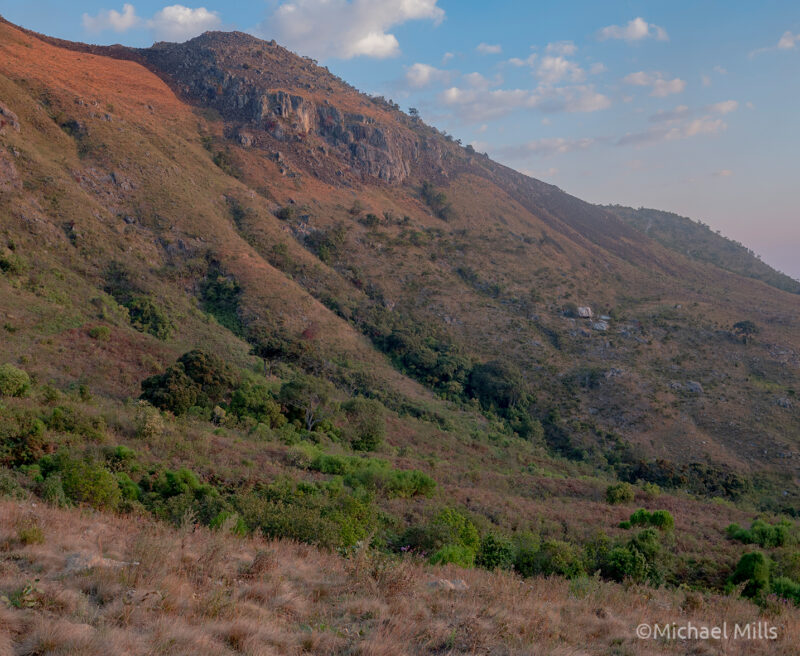Angola’s biodiversity is one of the richest in Africa, a product of its physiographic and climatic diversity. It contains seven of Africa’s nine biomes and 15 of its ecoregions, placing Angola second only to South Africa in terms of ecoregion diversity. These include rainforests in the north and a portion of the Namib Desert in the south, as well as mountains, savannahs, miombo woodlands, lowland plains, a significant escarpment, and an extensive Atlantic coastline.
The country is home to many of Africa’s most iconic mammals, from lions and elephants to gorillas and chimpanzees. Of the nearly 300 mammal species present, the endemic Giant Sable Antelope is recognised as the national symbol of Angola. Thought lost after the Angolan Civil War of 1975-2002, conservation efforts by organisations like WLT partner Fundação Kissama has helped to bring the species back from the brink.

